Cheyenne Bottoms
This 41,000-acre wetland complex is the largest marsh in the interior of the United States.
Cheyenne Bottoms is an important wildlife area in central Kansas. Located on the Central Migratory Corridor, birds depend on the marsh for a place to rest and refuel, as some migrate thousands of miles. Of the 471 species of birds that have been documented in Kansas, 335 have been observed in the Cheyenne Bottoms basin. These species include the bald eagle, whooping crane, peregrine falcon, least tern, and piping plover.
While at the reserve, be sure to visit the Kansas Wetland Education Center. This Cheyenne Bottoms visitor and nature center tells the story of the importance of wetlands through interactive exhibits. Visitors can also view a 16-minute video about Cheyenne Bottoms and visit the animal ambassadors used in educational programs.
Cheyenne Bottoms is listed as a Hemispheric Reserve by the Western Hemispheric Shorebird Reserve Network. For this designation, the area must have an excess of 100,000 bird species, or more than 30 percent of the known flyway population. The area is also designated as a Globally Important Bird Area by the American Bird Conservancy and a Wetland of International Importance by the Ramsar Committee (one of 39 in the United States)
Of the 41,000 acre basin, 19,857 acres are managed by the Kansas Department of Wildlife Parks and Tourism. The Nature Conservancy (TNC) owns and manages nearly 7,700 acres. The marshes owned by TNC are shallow, averaging less than one foot deep—an ideal habitat for wading shorebirds. Some have estimated that nearly half of the world’s shorebird population passes through Cheyenne Bottoms annually.
The land sink created the basin is due to a dissolution of the underlying salt deposits. Native Americans realized the uniqueness and importance of the bottoms as hunting grounds. A Cheyenne tribe fought against a Pawnee tribe for rights to keep the hunting ground. It is said that the 1825 battle was so intense, one of the streams running into the bottoms ran red with blood. Today, that creek is named Blood Creek.

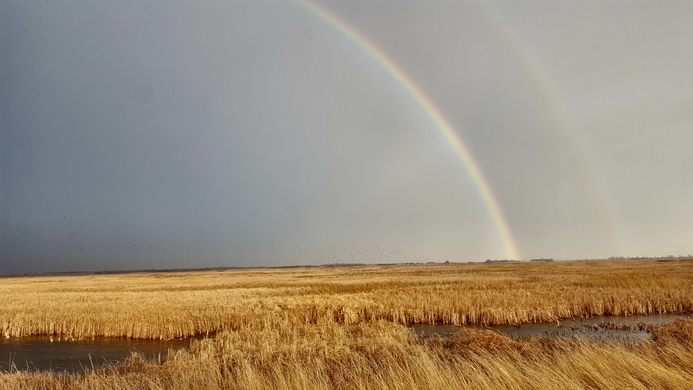

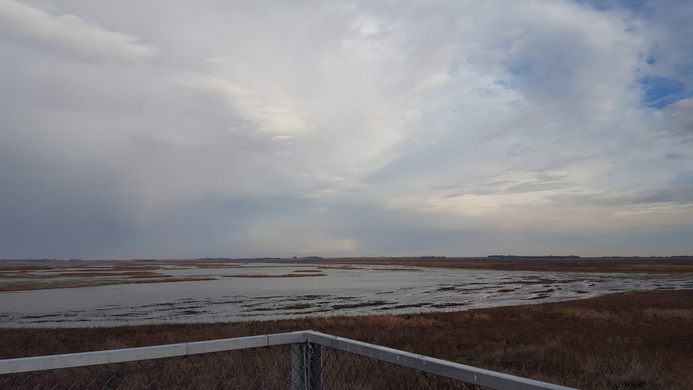

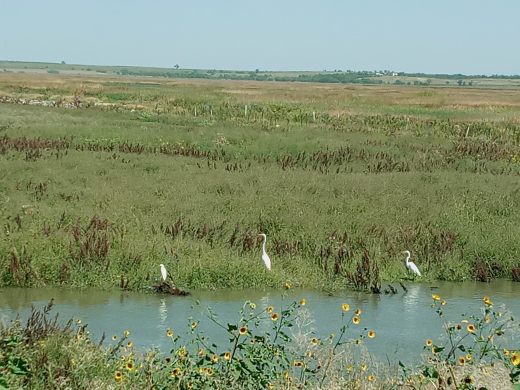
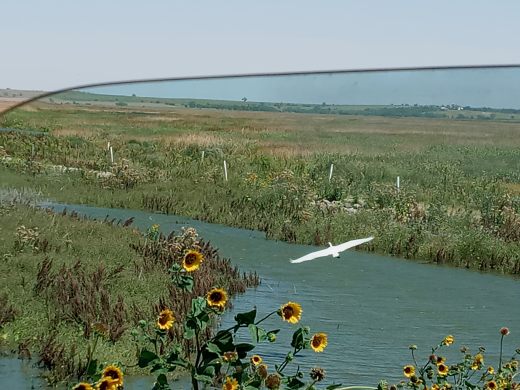
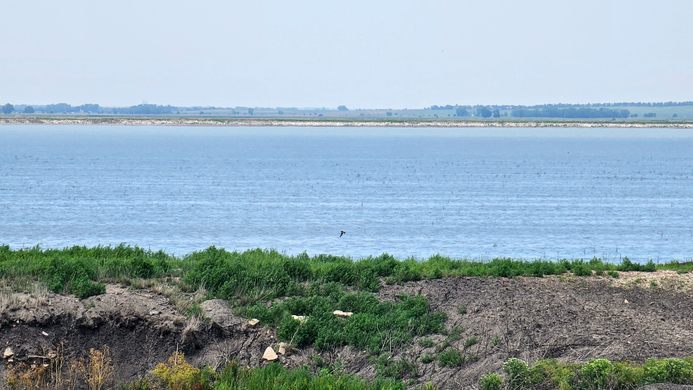
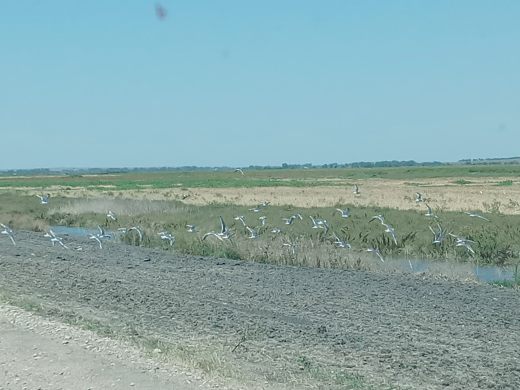
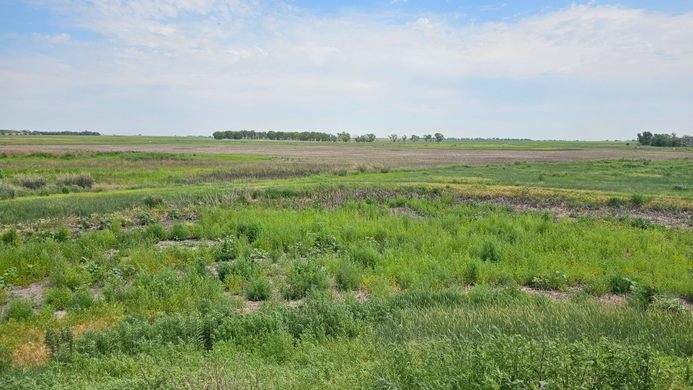





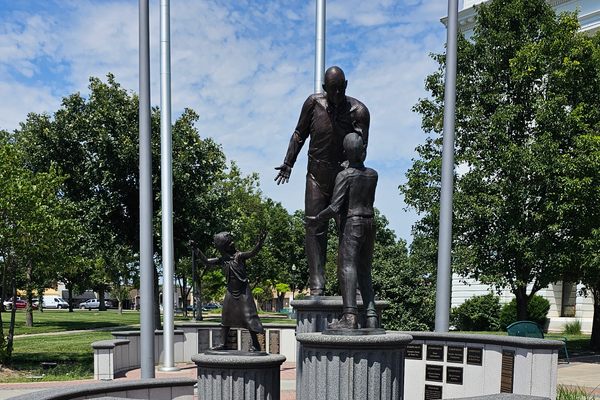

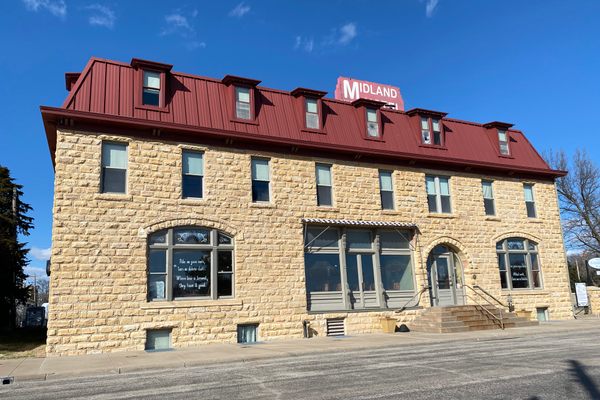

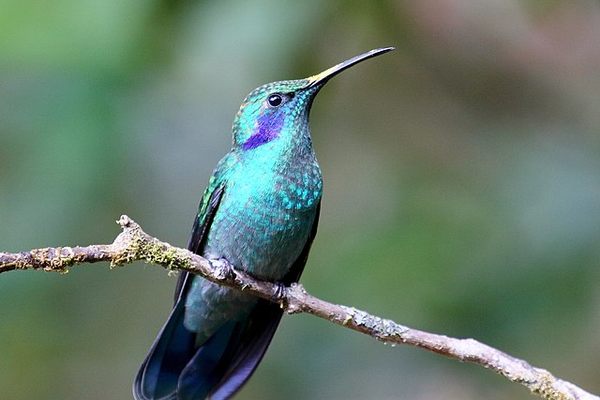



Follow us on Twitter to get the latest on the world's hidden wonders.
Like us on Facebook to get the latest on the world's hidden wonders.
Follow us on Twitter Like us on Facebook